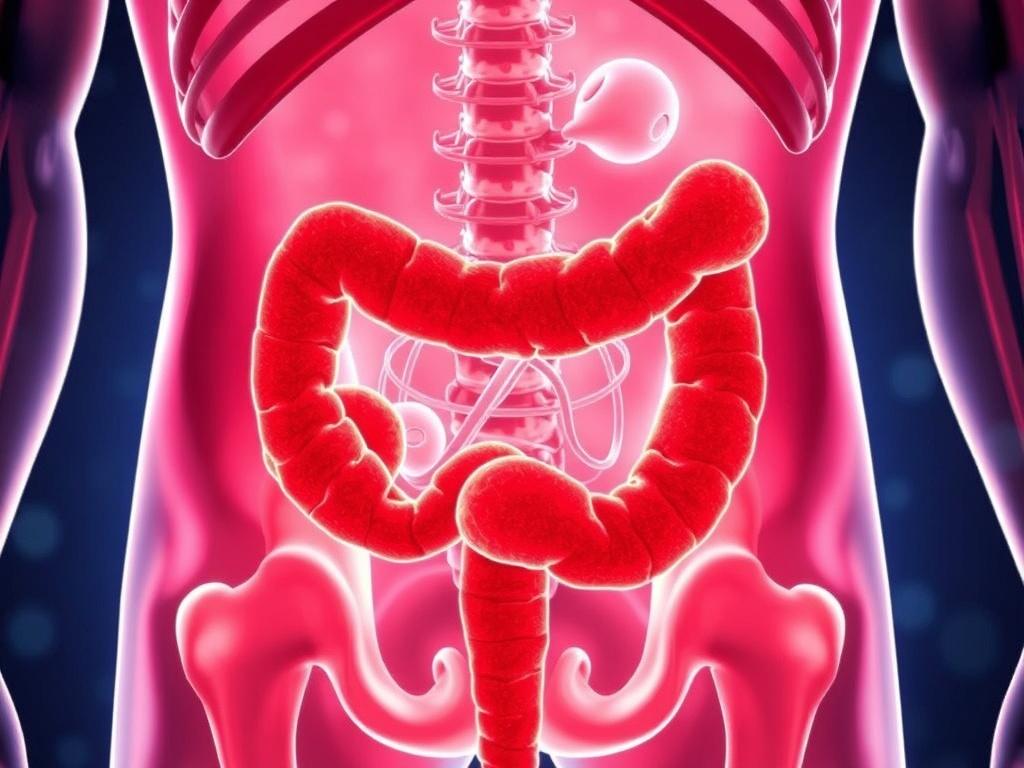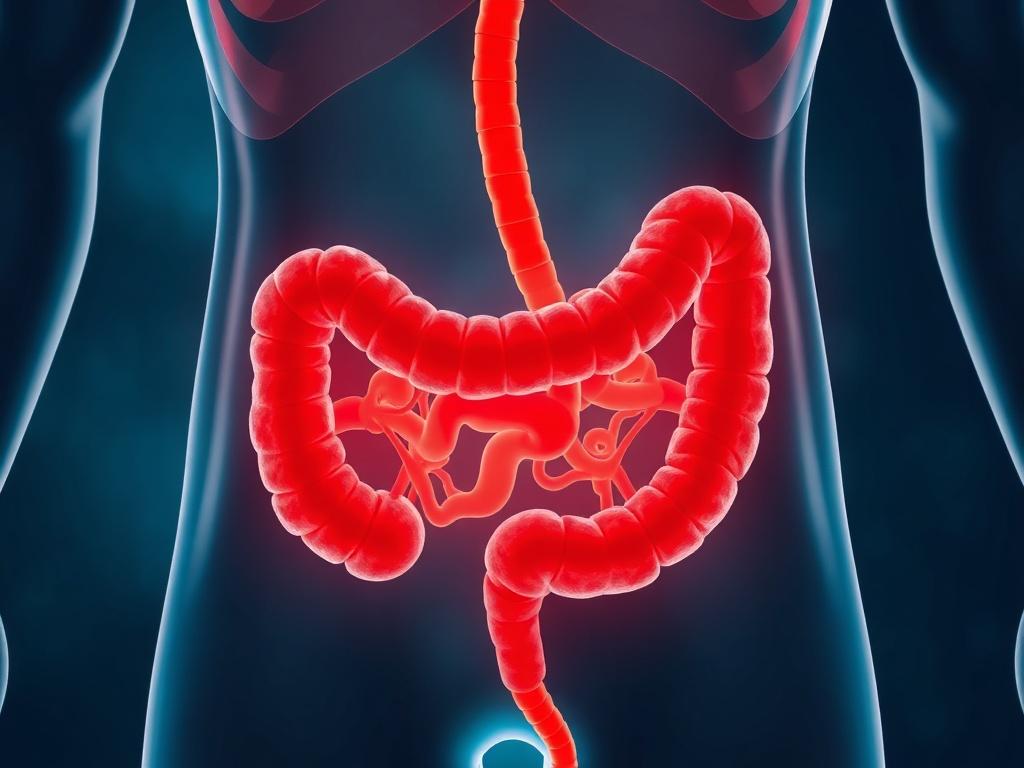Understanding Appendicitis and Its Traditional Treatment
Appendicitis is a common and painful condition that affects thousands of people every year. At its core, appendicitis is the inflammation of the appendix, a small, tube-like pouch attached to the large intestine. While it may seem like a minor issue, untreated appendicitis can lead to serious complications, such as rupture, infection, and sepsis. Traditionally, the primary treatment for appendicitis has been an appendectomy—the surgical removal of the inflamed appendix. This method has saved countless lives, but like all surgery, it comes with risks such as infection, prolonged recovery, and potential complications from anesthesia.
For decades, doctors have relied on this tried-and-true method to treat appendicitis. However, the medical field is constantly evolving, and researchers are exploring less invasive, more regenerative approaches. One such promising avenue is stem cell therapy for appendicitis. This innovative treatment aims to harness the body’s natural healing powers to reduce inflammation and potentially heal the appendix without surgery. Could stem cell therapy become the future standard for appendicitis care? Let’s dive in to discover more.
The Basics of Stem Cell Therapy

Before we explore stem cell therapy for appendicitis, it’s important to understand what stem cells are and how they work. Stem cells are unique cells in our body with the remarkable ability to develop into different types of cells. They play a vital role in growth, repair, and tissue regeneration. There are several types of stem cells, including embryonic stem cells and adult stem cells found in bone marrow, fat tissue, and other areas.
In medical treatments, stem cells have been used to regenerate damaged tissues, reduce inflammation, and modulate the immune response. Over the last few decades, stem cell therapy has gained traction in various fields such as orthopedics, cardiology, and neurology. The goal is straightforward—use these powerful cells to repair and heal without the invasiveness of traditional procedures.
When it comes to appendicitis, stem cell therapy is still in the experimental stage, but early findings suggest it could dramatically change how we approach this condition.
How Stem Cell Therapy Could Work for Appendicitis
The idea behind stem cell therapy for appendicitis revolves around the regenerative and anti-inflammatory properties of stem cells. Appendicitis results from obstruction causing infection and swelling in the appendix. Stem cells may help by reducing inflammation, fighting infection, and promoting the healing of damaged appendiceal tissue.
Here is an outline of how stem cell therapy might be applied:
- Isolation and preparation of stem cells from the patient’s own body (often bone marrow or adipose tissue).
- Sterile processing and concentration of those stem cells.
- Injection or targeted delivery of the stem cells to the inflamed appendix area.
- Stem cell activity reduces inflammation, promotes tissue repair, and modulates infection.
- Monitoring for recovery and reduction of appendicitis symptoms.
This process, although promising, involves several complexities. Effectively targeting the right area, ensuring enough stem cells reach the inflamed tissue, and controlling the risk of further infection remain challenges. However, advances in imaging and cell delivery techniques are making these hurdles more manageable.
Current Research and Clinical Trials
Research into stem cell therapy for appendicitis is still emerging. Most studies so far focus on the broader potential of stem cells to treat inflammatory conditions and organ injury. Several clinical trials are now exploring stem cell-based treatments for gastrointestinal diseases, including appendicitis.
Key Areas of Research
| Research Focus | Description | Potential Benefits for Appendicitis |
|---|---|---|
| Anti-inflammatory Effects | Investigating how stem cells reduce tissue inflammation in the digestive system. | Could limit appendiceal swelling and pain. |
| Immune Modulation | Studying stem cells’ role in modulating immune response to infection. | May prevent harmful immune overactivation during appendicitis. |
| Tissue Regeneration | Evaluating stem cells’ ability to repair and regenerate damaged appendix tissue. | Possibility of healing without surgical removal. |
| Minimally Invasive Delivery | Developing methods to deliver stem cells directly to the appendix. | Improves treatment efficacy and reduces procedure risks. |
As findings become clearer, stem cell therapy could emerge as an alternative or adjunct to conventional treatments. This would be a key advancement, especially for patients who cannot undergo surgery or want to avoid the risks associated with anesthesia.
Advantages of Using Stem Cell Therapy for Appendicitis
Stem cell therapy presents some compelling advantages over traditional treatments. Understanding these benefits helps appreciate why this approach is attracting widespread interest:
- Non-surgical Treatment: Stem cell therapy could eliminate the need for an appendectomy, reducing risks related to surgery and anesthesia.
- Promotes Natural Healing: Instead of removing the appendix, stem cells encourage tissue regeneration and functional recovery.
- Reduced Recovery Time: Without large incisions, patients may experience faster healing and lower post-treatment discomfort.
- Lower Risk of Complications: Surgery always carries a risk of infection, bleeding, and bowel obstruction; stem cell therapy might minimize these risks.
- Potential to Treat Early Appendicitis: In mild cases, stem cell therapy could halt progression toward rupture, avoiding emergent surgeries.
Of course, as with any emerging treatment, more research is needed to validate the full scope of these benefits and establish standardized protocols.
Challenges and Limitations

While the benefits sound promising, it’s essential to recognize the challenges involved in using stem cell therapy for appendicitis. Some of the key hurdles include:
- Ensuring Safety: Injecting stem cells into inflamed tissue runs the risk of exacerbating infection or causing unwanted immune reactions.
- Delivery Precision: Reaching the appendix accurately with sufficient stem cells requires advanced imaging and delivery techniques.
- Cost and Accessibility: Stem cell therapy is currently expensive and may not be accessible in all healthcare settings.
- Regulatory and Ethical Concerns: Stem cell treatments are highly regulated, and therapies must pass rigorous safety and efficacy trials before becoming standard.
- Unknown Long-Term Effects: Since stem cell therapy in appendicitis is new, long-term outcomes and potential risks remain unclear.
Understanding and overcoming these challenges will be critical to integrating stem cell therapy into routine clinical practice for appendicitis.
Comparison: Stem Cell Therapy vs. Traditional Appendectomy
To put things into perspective, let’s compare stem cell therapy for appendicitis with the traditional appendectomy method in a clear table:
| Feature | Stem Cell Therapy | Traditional Appendectomy |
|---|---|---|
| Invasiveness | Minimally invasive, possibly outpatient | Invasive surgery requiring anesthesia |
| Recovery Time | Shorter recovery, less pain | Longer recovery, pain from surgery |
| Risks | Potential immune reactions, infection control | Surgical complications, infection, anesthesia risks |
| Tissue Preservation | Preserves appendix structure and function | Appendix removed entirely |
| Cost | Currently high, experimental | Generally covered by insurance, standardized |
| Availability | Limited clinical trials, specialized centers | Widely available in hospitals |
Each method has pros and cons. While appendectomy remains the gold standard today, the regenerative approach of stem cell therapy offers a compelling future alternative.
The Future Outlook: What’s Next for Stem Cell Therapy in Appendicitis?

The future of stem cell therapy for appendicitis is bright, yet filled with careful optimism. Many researchers and clinicians are hopeful that as more studies validate safety and efficacy, stem cell therapy could become a go-to treatment option for select patients.
Here are a few areas experts are focusing on for future advancements:
- Personalized Medicine: Tailoring stem cell treatments based on a patient’s unique biology and disease severity.
- Improved Delivery Systems: Developing catheter-based or laparoscopic techniques to precisely deliver cells.
- Combination Therapies: Using stem cells alongside antibiotics and other medications to enhance healing.
- Broader Applications: Exploring stem cell therapy for other abdominal and gastrointestinal inflammatory diseases.
- Artificial Stem Cells: Researching engineered or synthetic stem cells to overcome sourcing limitations.
As our understanding deepens, the prospects of avoiding surgery, minimizing complications, and promoting natural repair are increasingly within reach.
What Patients Should Know About Stem Cell Therapy for Appendicitis
If you or someone you know is grappling with appendicitis, here are some practical insights related to stem cell therapy for appendicitis:
- Current Status: Stem cell therapy is experimental and not yet widely available as a frontline treatment for appendicitis.
- Consult Your Doctor: Always talk to healthcare professionals before considering any experimental therapy.
- Potential Participation in Trials: Patients may be eligible for clinical trials investigating stem cell treatments.
- Standard Care is Still Surgery: Appendectomy remains the standard and most effective treatment in emergency appendicitis cases.
- Stay Informed: Emerging therapies evolve rapidly; keeping informed ensures informed decisions.
Remember, stem cell therapy offers hope, but proven treatment and timely intervention are critical for appendicitis.
Summary Table: Pros and Cons of Stem Cell Therapy for Appendicitis
| Pros | Cons |
|---|---|
| Minimally invasive | Currently experimental |
| Potential to heal without removing appendix | High cost |
| Reduces inflammation and promotes tissue repair | Limited availability |
| Shorter recovery time | Uncertain long-term effects |
| Less risk of surgical complications | Need for specialized medical teams |
Conclusion
Stem cell therapy for appendicitis represents an exciting frontier in medical treatment, blending the power of regenerative medicine with the urgent need for alternatives to surgery. Although still in the early stages, this approach holds promise for reducing inflammation, promoting healing, and potentially sparing patients from the risks related to surgical appendectomy. As research advances, refining delivery methods and validating safety will be key steps toward making stem cell therapy a realistic option for appendicitis care. Until then, conventional appendectomy remains the gold standard for treating this common yet potentially dangerous condition. However, with continued innovation and clinical evidence, stem cell therapy may soon transform how we think about appendicitis—from emergency surgery to natural healing. The future certainly looks promising for this revolutionary approach.



